I am building a Family Tree + History [PHP] website to accompany and showcase my mom's genealogy report that she had put together for her parents' Christmas gift. The tree at least will be based upon a MySQL database ('family') in which I am currently working with two tables: 'persons' and 'marriages'. I also have a third table, 'parentage', but have since deemed it to be unnecessary.
The tables' structures are as follows:
PERSONS
- 'personID' [tinyint, pk]
- 'firstName'
- 'lastName'
- 'sex' [set{'M','F'}]
- 'birthDate'
- 'fatherID' [internal rel = 'personID']
- 'motherID' [internal rel = 'personID']
- 'birthPlace'
- 'deathDate'
- 'deathPlace'
- 'birthRecord' (filename)
MARRIAGES
- 'husbandID' [internal rel = 'persons.personID']
- 'wifeID' [internal rel = 'persons.personID']
- 'date'
- 'place'
- 'record'
PK index in 'marriages' table consists of both ID cols. (*Please excuse my use of the sexist terms; it is simply for structural purposes -- just in case, as for one I am new to MySQL -- and also my family is pretty right-wing and conservative anyway, but it really doesn't matter and holds no significance and might as well be regarded as spouse1 and spouse2, if you prefer. I personally am not at all homophobic nor prejudice towards anybody. End disclaimer. Peace to all.)
So... you see why I want to maintain a separate table for 'marriages': each marriage has its own data that must be included, and it would be silly to repeat the data for each marriage in the records for both spouses. I had a 'spouseID' column before in the 'persons' table, but then I needed to match each of the spouses' IDs manually also, and couldn't figure out how to link that column to the corresponding marriage column (in the 'marriages' table) anyway, so I dropped it.
If anybody could enlighten me on how I might get both of the spousal ID columns in 'marriages' to display the persons' names instead or as well that would be grand.
But primarily I need to know how I can link the two tables (possibly include a 'spouse' column in the 'persons' table which is somehow integrated with the 'marriages' table), and secondly any tips on how to go about displaying the hierarchical tree.
Much appreciated.
P.S. The tree is fairly extensive, spanning ~6 generations. There are about 45 'persons', and I think 16 marriages, for whatever that info might be worth...
